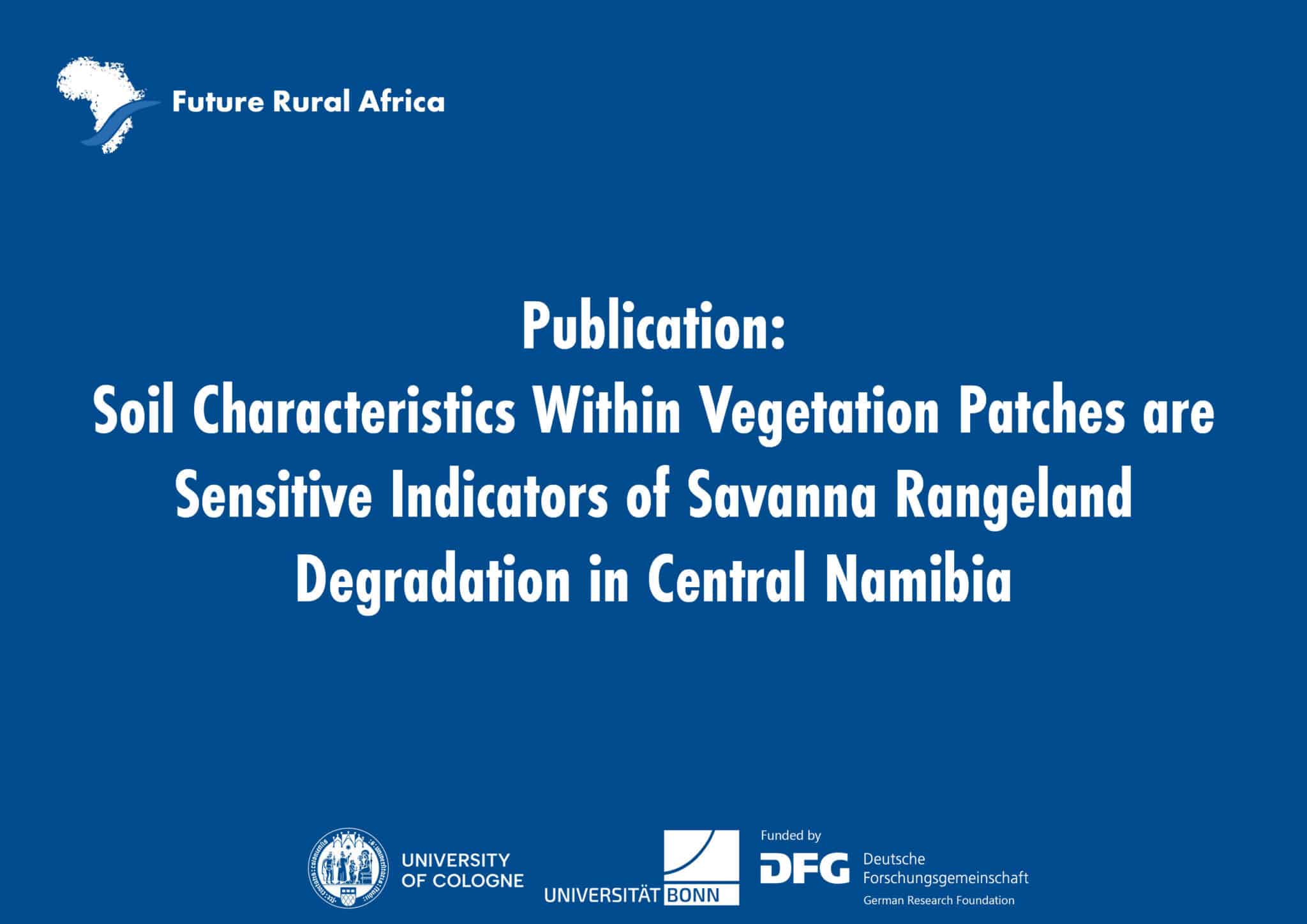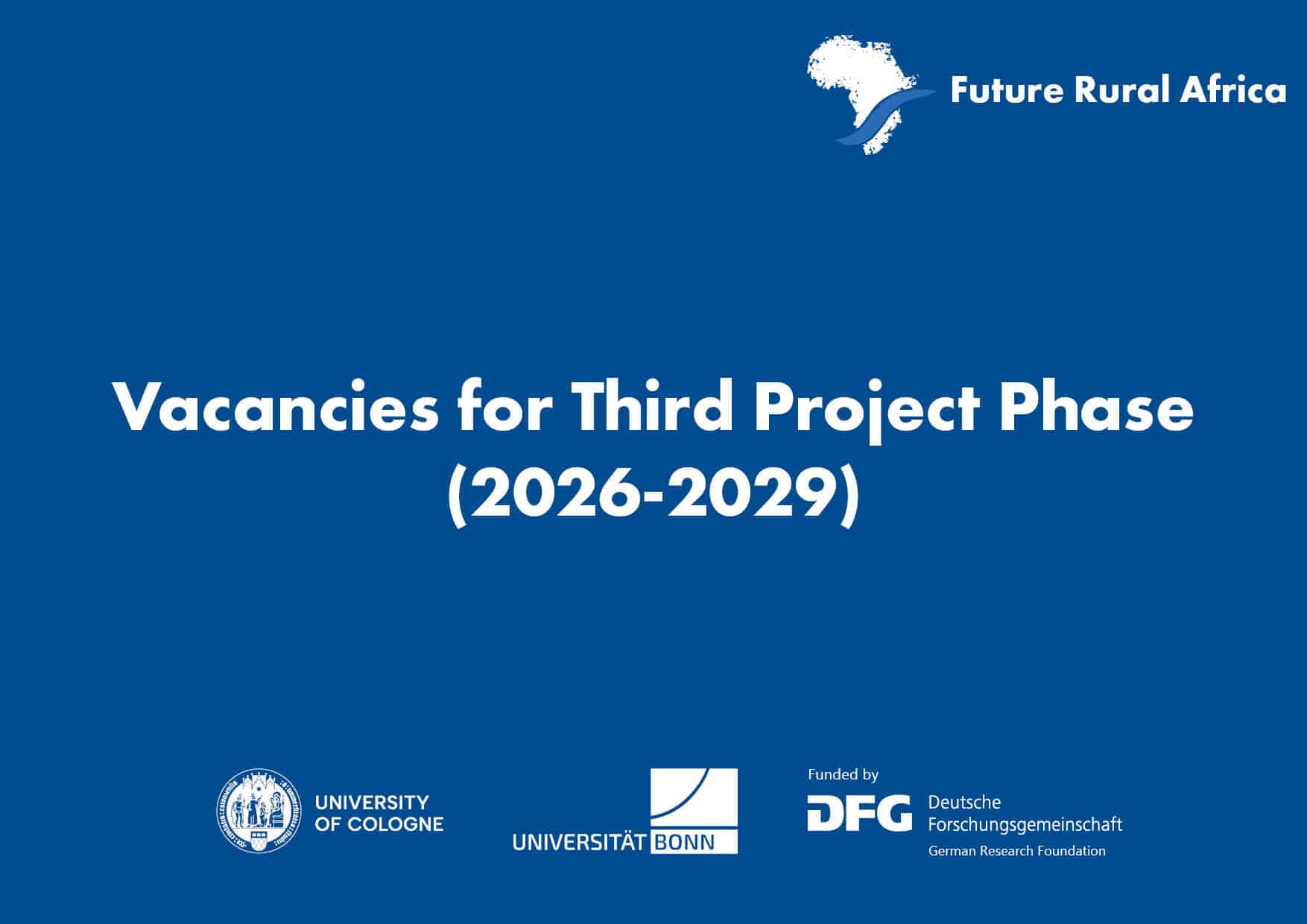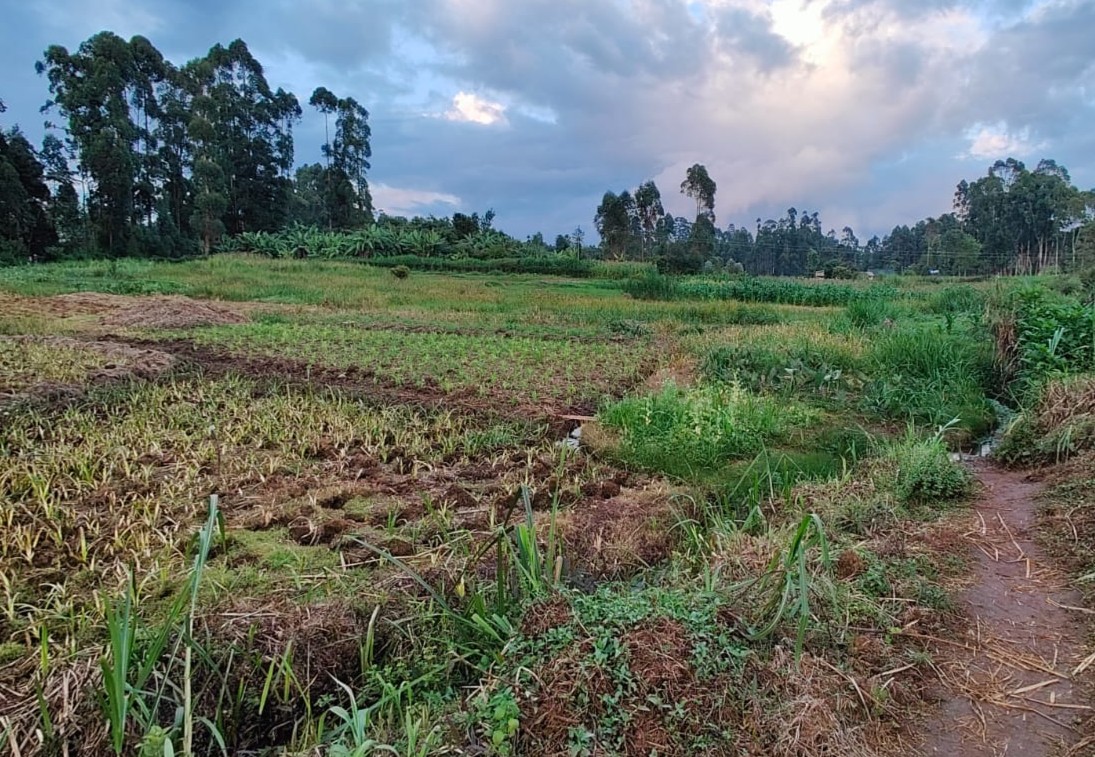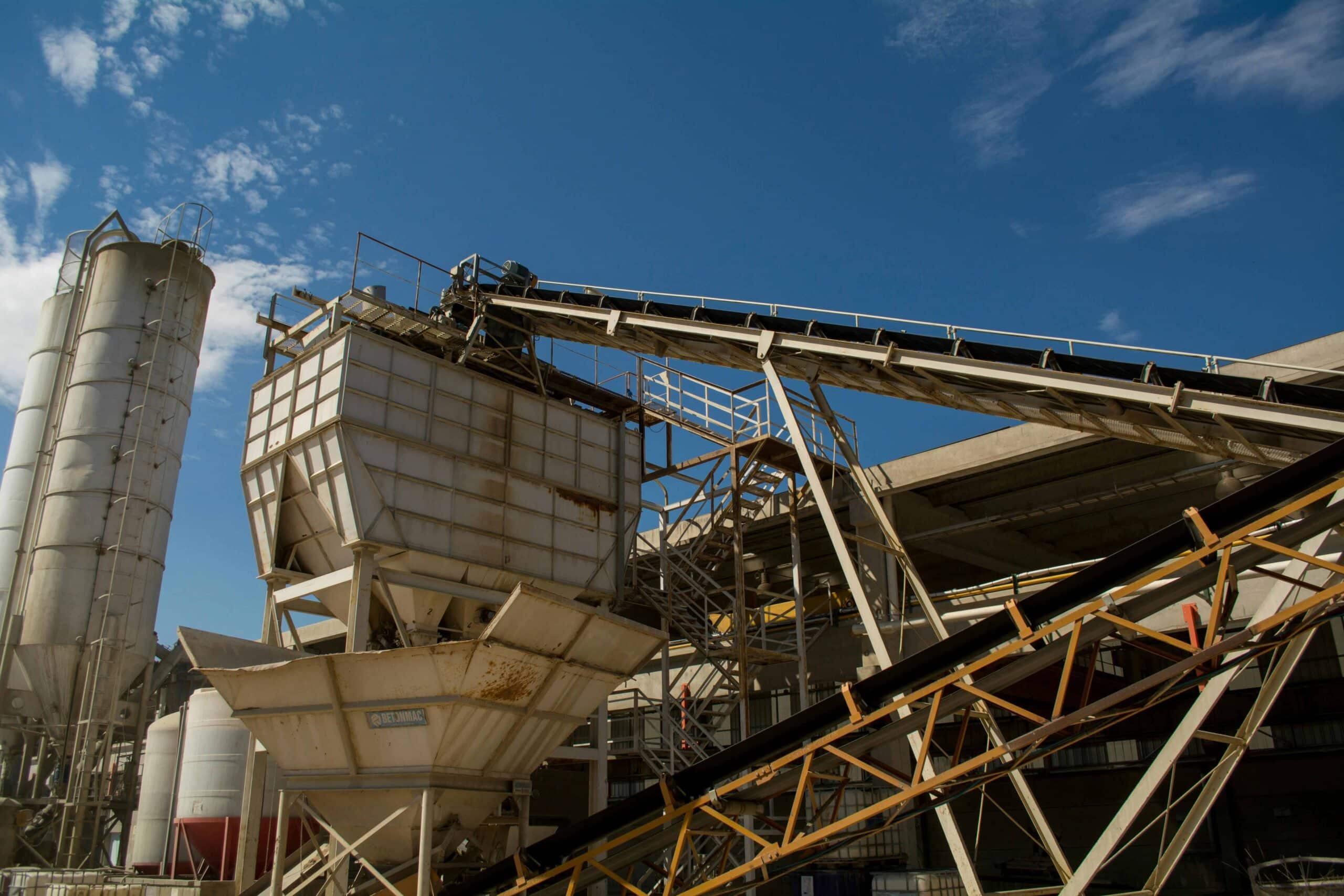By Katrin Zimmer (University of Bonn), Vistorina Amputu (University of Tübingen), Lisa-Maricia Schwarz (University of Bonn), Anja Linstädter (University of Bonn & CRC-TRR 228 Project A01 Future Carbon Storage) and Alexandra Sandhage-Hofmann (University of Bonn & CRC-TRR 228 Project A01 Future Carbon Storage).
Abstract
Savanna rangelands are threatened by increased grazing pressure, with the risk of desertification and woody plant encroachment. In this context, sensitive early-warning indicators for irreversible shifts toward degraded rangelands are urgently needed. We hypothesize that soil properties, in particular soil organic carbon (SOC) and carbon isotopes (δ13C) are suitable to detect degradation in different land management systems. We conducted a natural experiment on arid savanna rangelands on Arenosols in Namibia. As treatments, we considered two land management systems (freehold farms with rotational grazing and systematic bush thinning, and communal rangelands with free grazing without systematic bush thinning), with different grazing intensities (grazing gradients), and four vegetation patch types (dominance of bare soil, annual plants, perennial grasses, or woody plants) with four replications per land management system. Clay was considered a system-inherent confounder. SOC stocks were lower on communal rangelands (8.2 ± 2.8 Mg ha−1) than on freehold farms (9.7 ± 2.6 Mg ha−1). Besides clay content, SOC stocks correlated with perennial grass cover (r = 0.6) in freehold farms, and with woody plant cover (r = 0.54) in communal rangelands. δ13C values were higher by 2.15 ‰ on freehold farms, indicating greater origin of C4 grass derived SOC. Distance to the nearest water point – as an estimate of local grazing intensity – had a small effect on SOC stocks compared to clay. SOC was a sensitive degradation indicator in savanna rangelands when considered together with the patchy character of savanna vegetation. Under current land management and tenure, communal rangelands faced higher degradation threats than freehold farms, but were also more vulnerable due to lower clay contents.
Reference
Zimmer, K., Amputu, V., Schwarz, L.-M., Linstädter, A., Sandhage-Hofmann, A. 2024. Soil characteristics within vegetation patches are sensitive indicators of savanna rangeland degradation in central Namibia, Geoderma Regional, Volume 36, e00771, DOI






